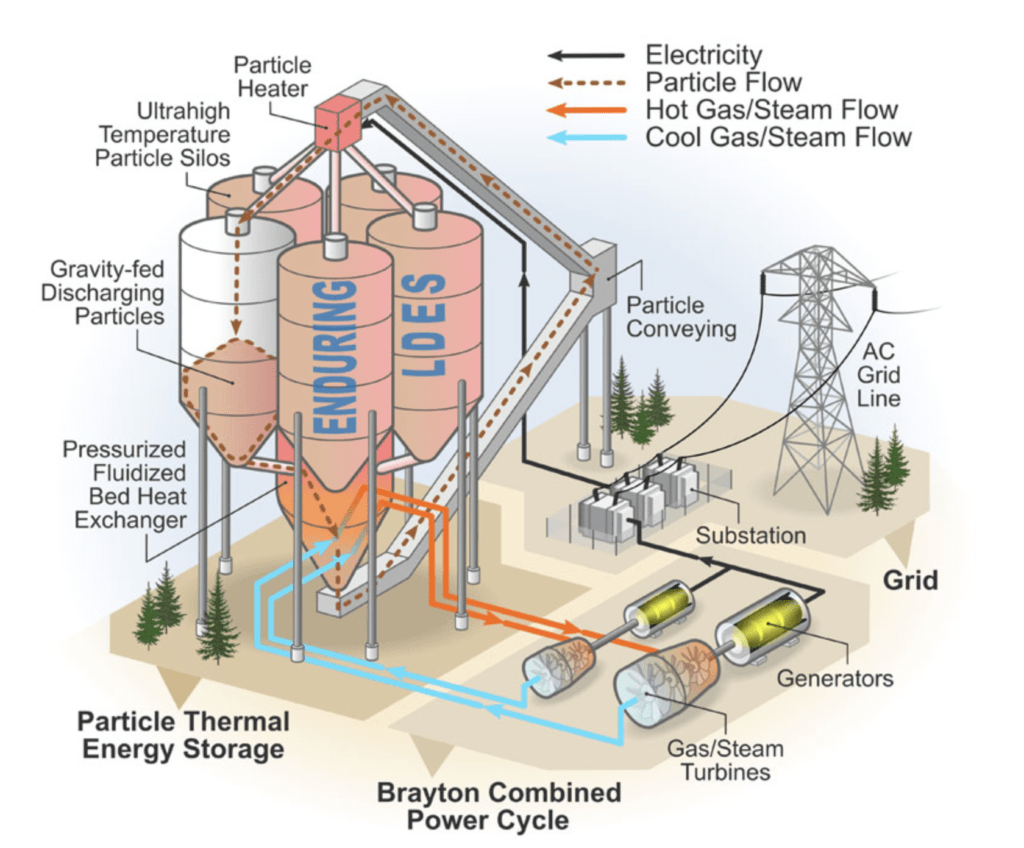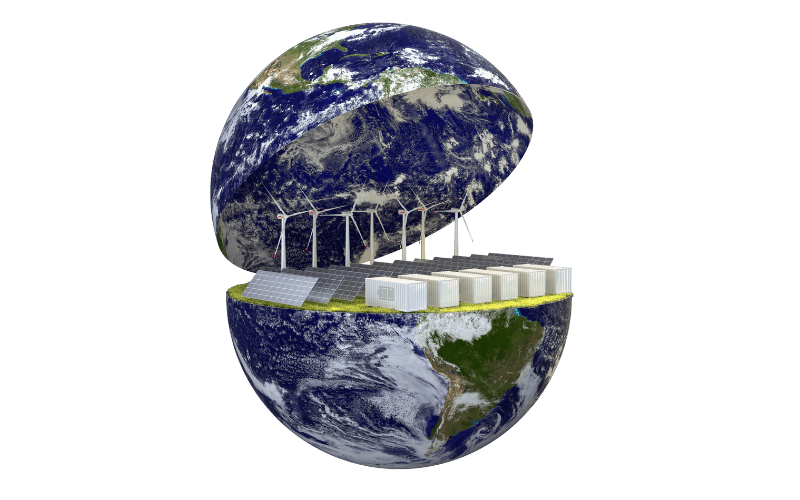- +1 604-862-4184 (WhatsApp)
- [email protected]
- TSXV: HMR | OTC: HMRFF | FSE: 5ZE
The general purpose of the CRADA will be to jointly evaluate the integration of the process upgrading of Homerun’s silica sand within the Enduring Energy Storage Application. NREL, Homerun and Babcock & Wilcox have recognized the potential of using the novel energy storage technology to upgrade silica sand while providing clean reliable energy. This initiative supports Homerun’s goal of refining silica sand to serve various industrial purposes.
The project will support this advanced energy solution in long duration energy storage using particle-based thermal energy storage and overcome market hurdles for using this technology in broad decarbonization applications. It will help realize the technology commercialization that currently lacks first-of-its-kind use. The technology development will enhance U.S. manufacturer and U.S. industry and manufacturing jobs. If the particle thermal energy storage is realized by this collaboration, it will train U.S. workers on working on this energy solution for long term economic competitiveness. Additionally, particle thermal storage improves energy security and resilience with its low-cost and long-duration ability to overcome blackouts or weather events that may crumple local electric grids.
In conjunction, NREL will test Homerun silica sand to determine the composition and suitability for use in energy storage and assess other applications of silica purification for photovoltaic (PV) glass, PV silicon or glass substrate for perovskite PV cells, and silicon anode for Li-ion batteries. The Parties will analyze the economic benefits of using Homerun’s silica sand for energy storage, including energy arbitrage from energy storage and grid service, processing of the silica sand by using low-cost electricity in energy storage, and generating potential income from processed materials after its use for energy storage (e.g., high-purity silica sand for renewable materials).


Revolutionize The Worlds Energy Storage Applications with a first-of-its-kind technology
Energy storage is key to decarbonizing the economy and reversing the use of fossil fuels for a clean energy future. Long-duration stationary energy storage is becoming a need in improving the resiliency of the grid, integrating more intermittent renewable energy resources such as wind and solar, and providing reliable energy supply to grid or industrial processes.

NREL led technology development using particle-based thermal energy storage is aimed at enabling a low-cost technology for long-duration thermal energy storage (“LDES”). This technology is poised to have far-reaching impacts; it has applications in grid storage for renewable integration, and ultimately aims to compete with natural gas.
The ENDURING project led by NREL and collaborated with industry partners has developed key components in the storage system and verified their operation mechanism through laboratory prototypes testing and modeling of the component and system performance. The development supports designs of an electric-charging particle heater, a fluidized bed heat exchanger driving a power cycle, and a particle storage design for storing hot particles at 1200°C. An integrated storage system was designed and analyzed for performance and cost to verify the technoeconomic goals of LDES applications.
The ENDURING technology works by heating stable, low-cost solid silica particles—which unlike molten salts, are stable at both high and ambient temperatures—to over 1,000 degrees Celsius. This charging process happens when electric power is cheapest, allowing the resulting energy to be stored for several days in large storage modules. To discharge this energy, the hot particles are fed through a heat exchanger, ultimately driving an electric generator.
With more abundant renewable electricity available and electrification of the energy sector, thermal energy storage makes more and more sense for the broad decarbonization of the economy. The NREL technology focuses on using low-cost silica sand to provide broad application potentials integrating renewable generation.
Silica is utilized as a high-purity material in battery electrodes, especially for lithium-ion batteries. It enhances the conductivity of the electrodes, improving charge and discharge rates, overall battery efficiency, and lifespan.
Silica-based separators are used in batteries to prevent short circuits between the positive and negative electrodes. These separators offer thermal stability and ion permeability, enhancing battery safety and performance.
Silica is employed in thermal energy storage systems that store and release energy using temperature differences. It is used as a phase change material in applications like solar thermal storage, where it absorbs and releases heat efficiently.
The use of silica in battery technology benefits electric vehicles by extending their driving range, enhancing charging efficiency, and ensuring safe operation.
Silica materials are investigated for their potential use in storing hydrogen, a clean fuel source. Silica’s porous structure can provide sites for hydrogen adsorption, aiding in the storage of this energy carrier.
Silica materials contribute to grid stability by improving the performance of energy storage devices used in grid-level applications. This aids in balancing supply and demand fluctuations, enhancing overall grid reliability.
Silica-enhanced energy storage solutions facilitate the integration of renewable energy sources into the grid. They store excess energy during peak generation times and release it during periods of high demand or low generation.
Silica-based energy storage enables off-grid power solutions for remote areas. It allows communities and industries to access reliable energy even without a stable grid connection.